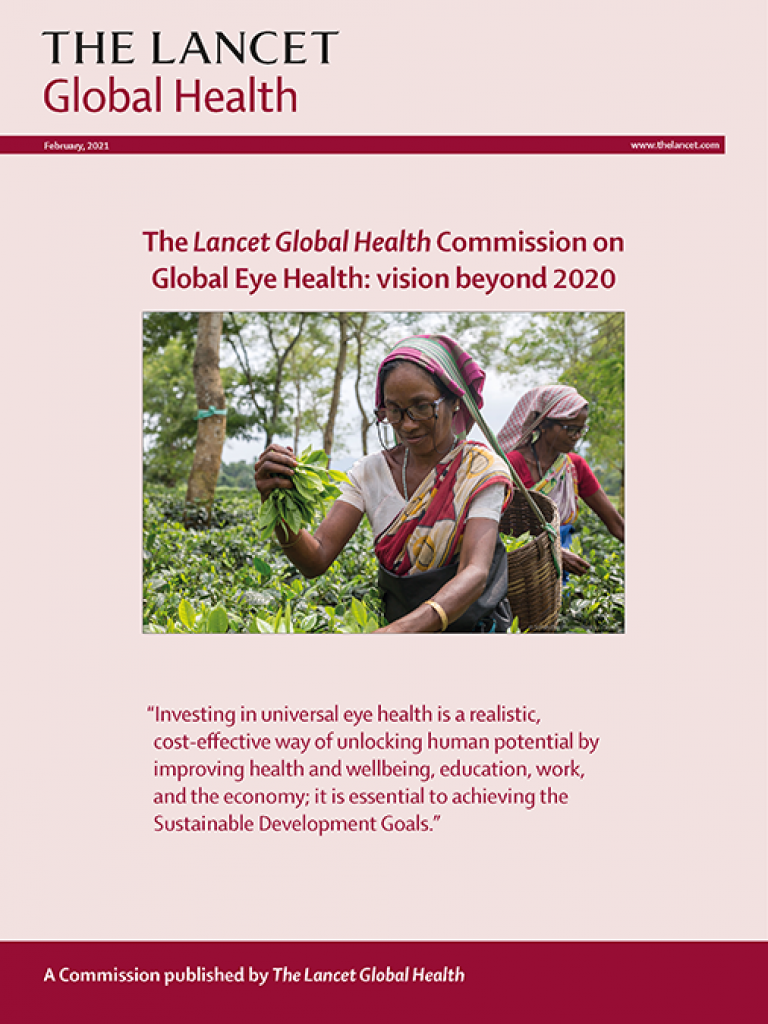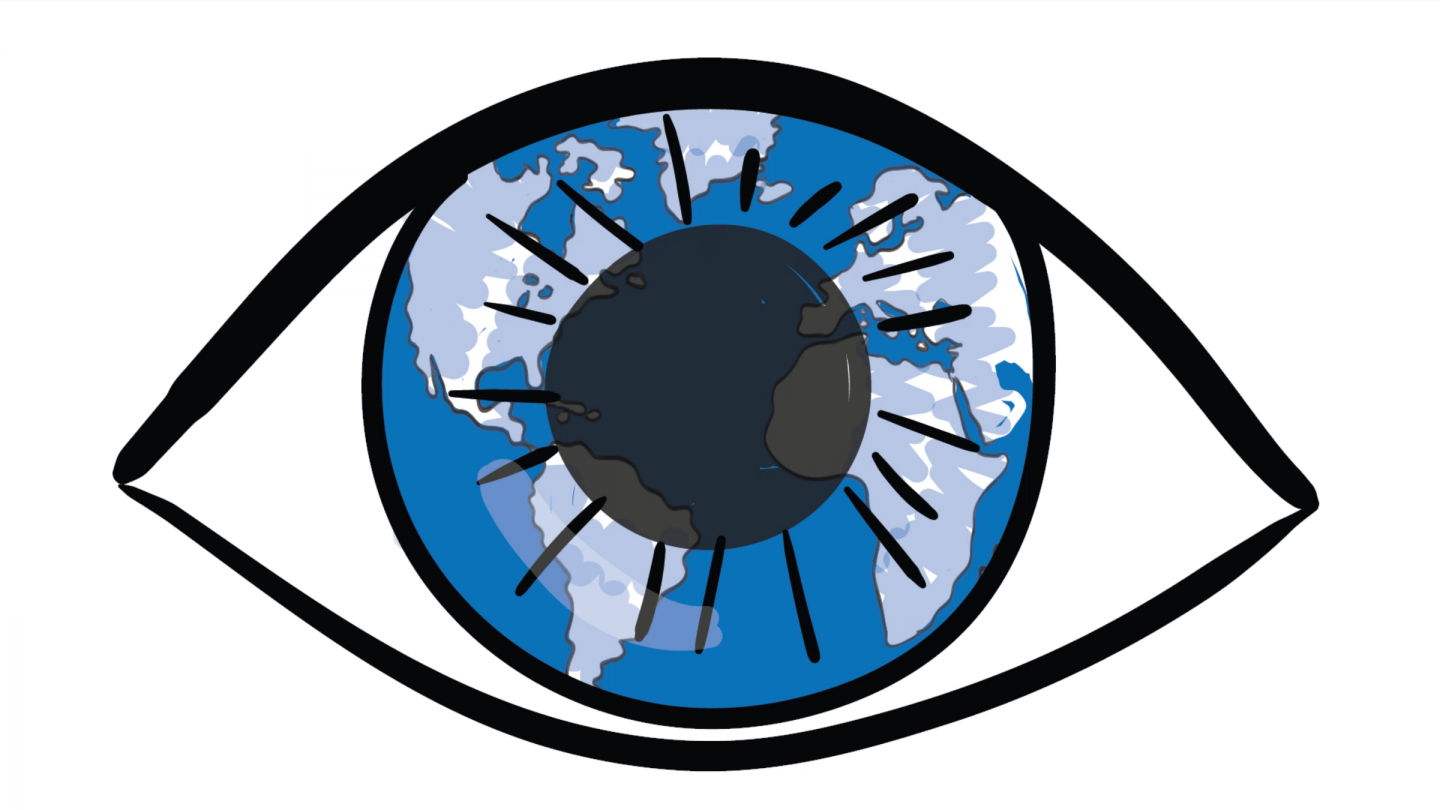The Lancet Global Health Commission on
Global eye
health:
VISION beyond 2020


Unlocking potential
Eye health has profound implications for all aspects of life. Good quality evidence shows that improved eye health is essential to achieve the United Nations’ Sustainable Development Goals (SDGs), including those pertaining to poverty, hunger, health and wellbeing, education, gender equality, and decent work.
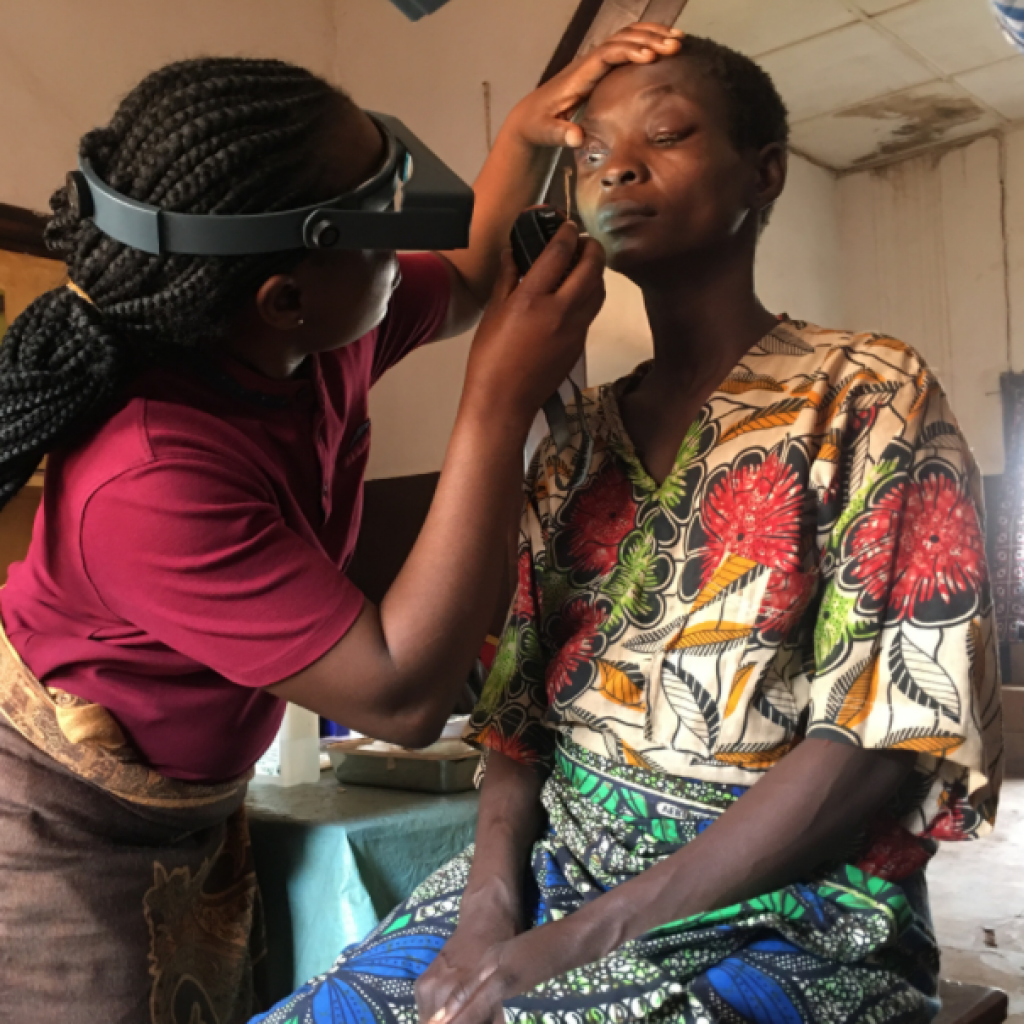
An ever-increasing challenge
As life expectancy increases and lifestyles change, the number of people affected is set to grow substantially. Critically, 90% of people living with vision loss reside in low and middle-income countries (LMICs). The economic impact of vision impairment is considerable, with a current estimated productivity loss of $411 billion per year.
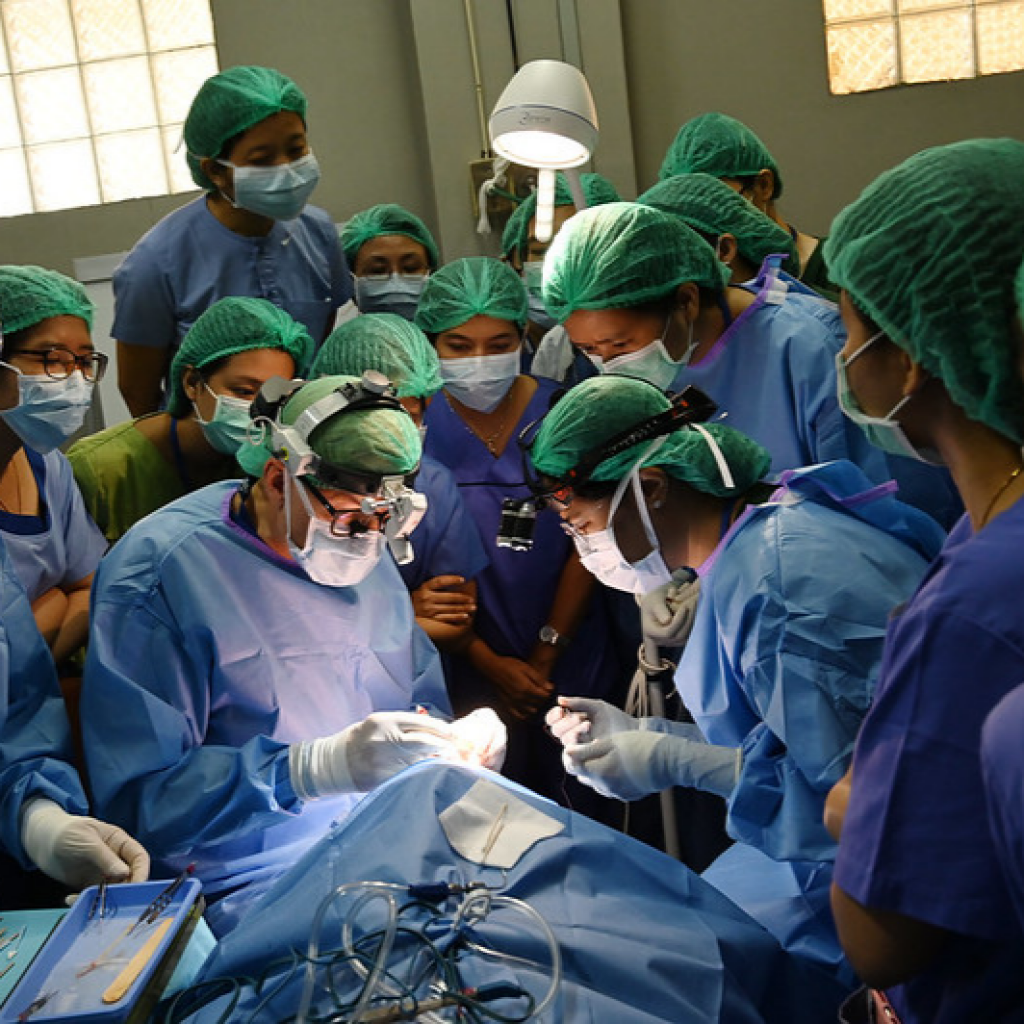
An unequal outcome
There are existing interventions for the large majority of people with unaddressed vision impairment. In fact, over 90% of people with vision impairment have cataract or simply require glasses, both highly cost-effective treatments. Yet many populations do not have access to good quality, affordable eye care. As a result, many people living with impaired vision are doing so needlessly. Those who are already disadvantaged are the least likely to access care.
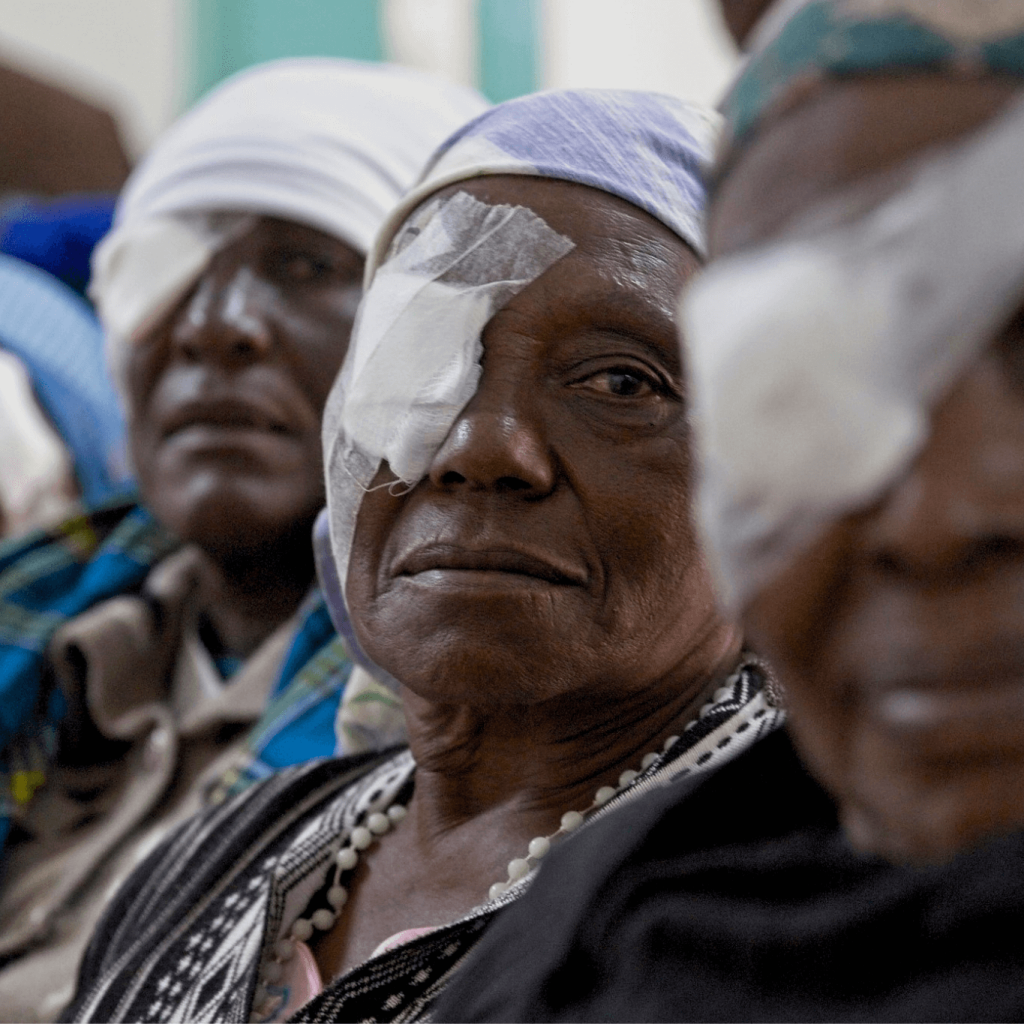
Time to act
By prioritising eye health through increased investment and restructuring health systems, we can rapidly improve lives and livelihoods worldwide. The case for countries to invest in eye health is compelling and more financial resources are urgently needed.

The Report
The Lancet Global Health Commission on Global Eye Health covers the current scale and cost of impaired vision, while assessing potential solutions.
